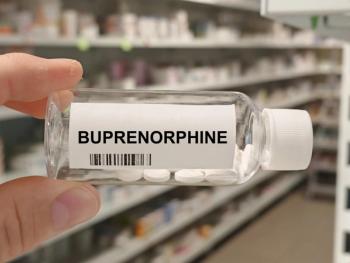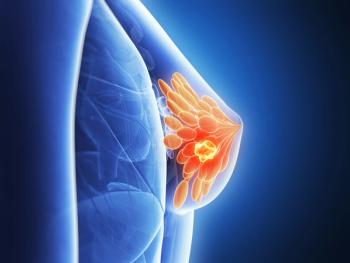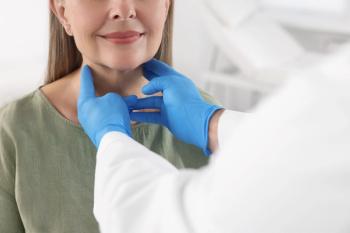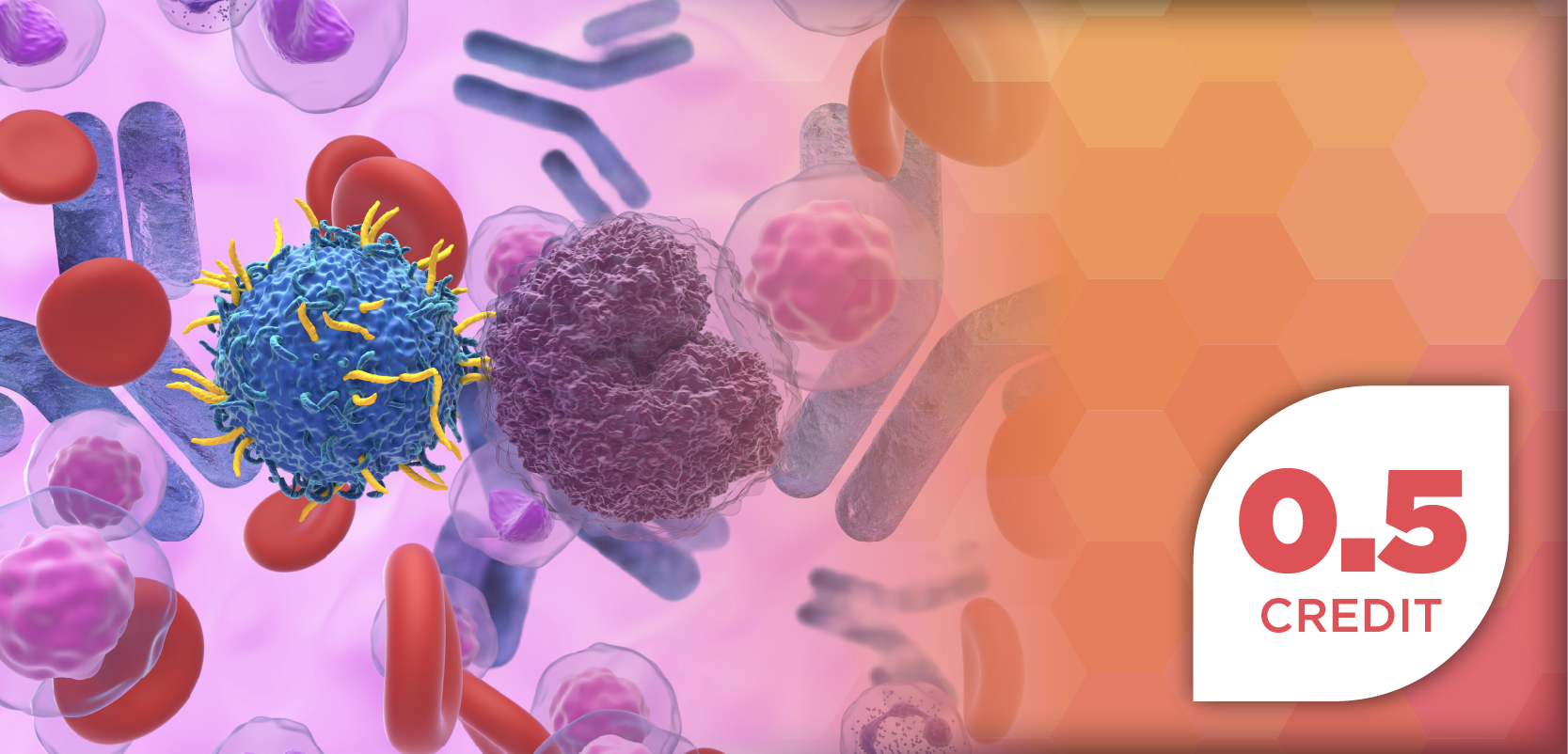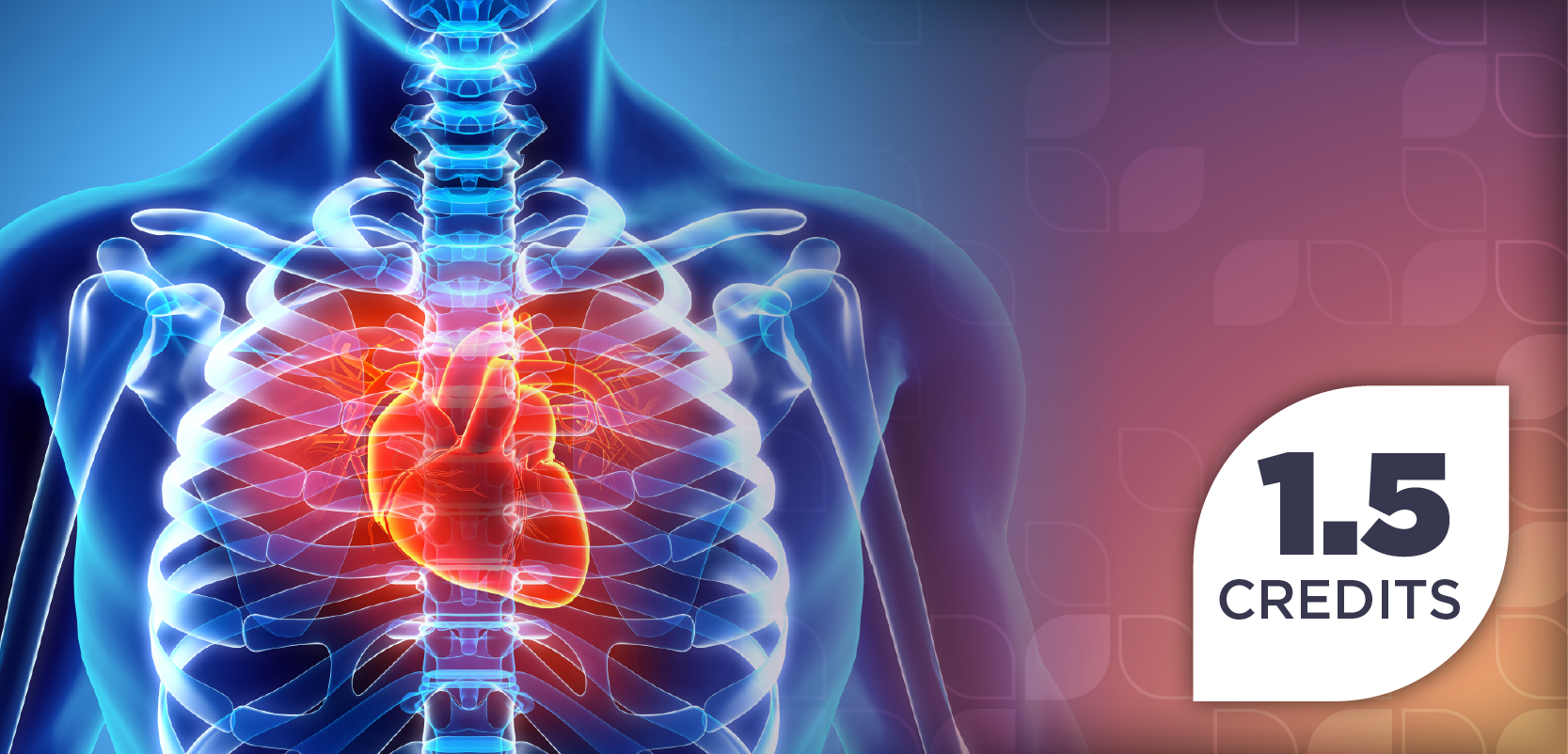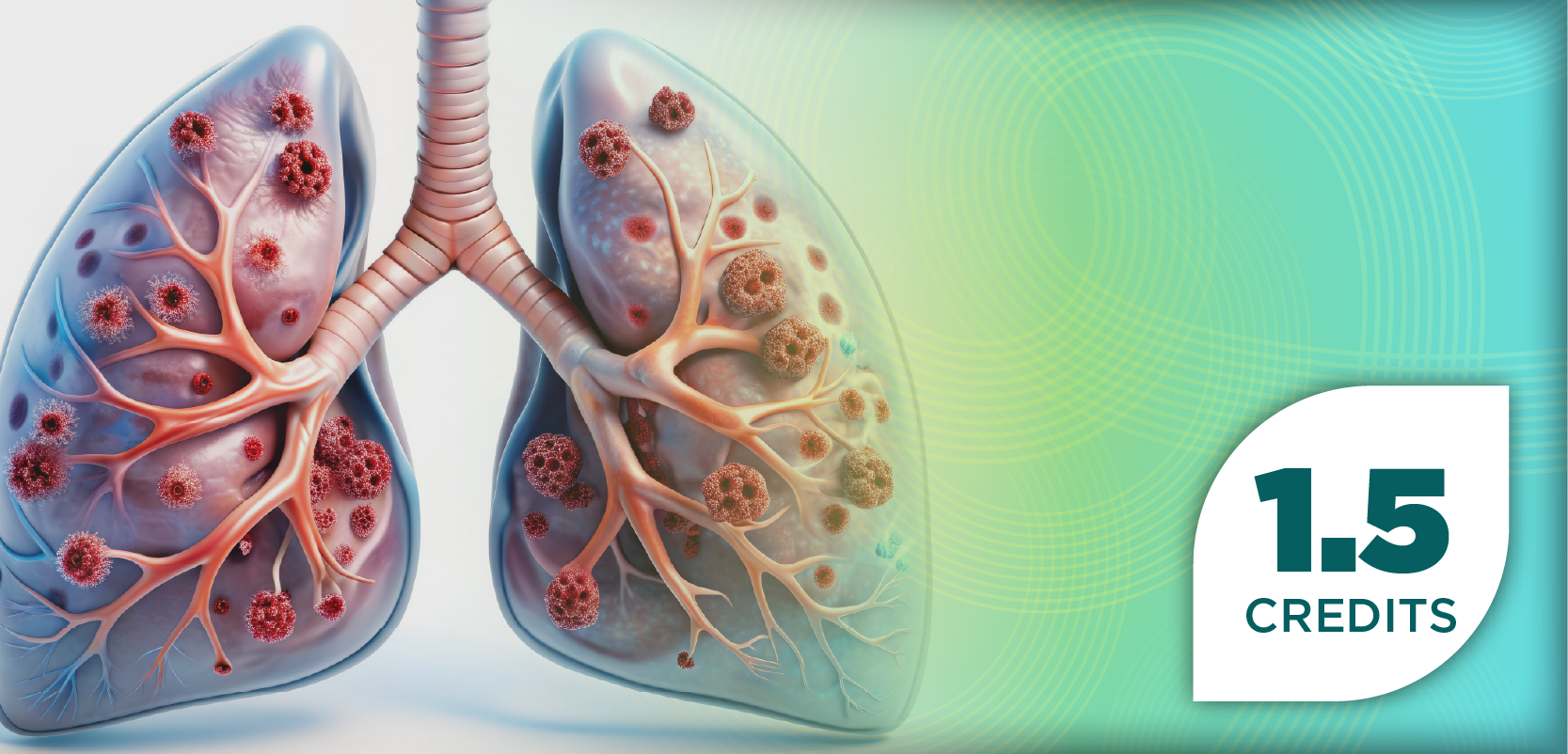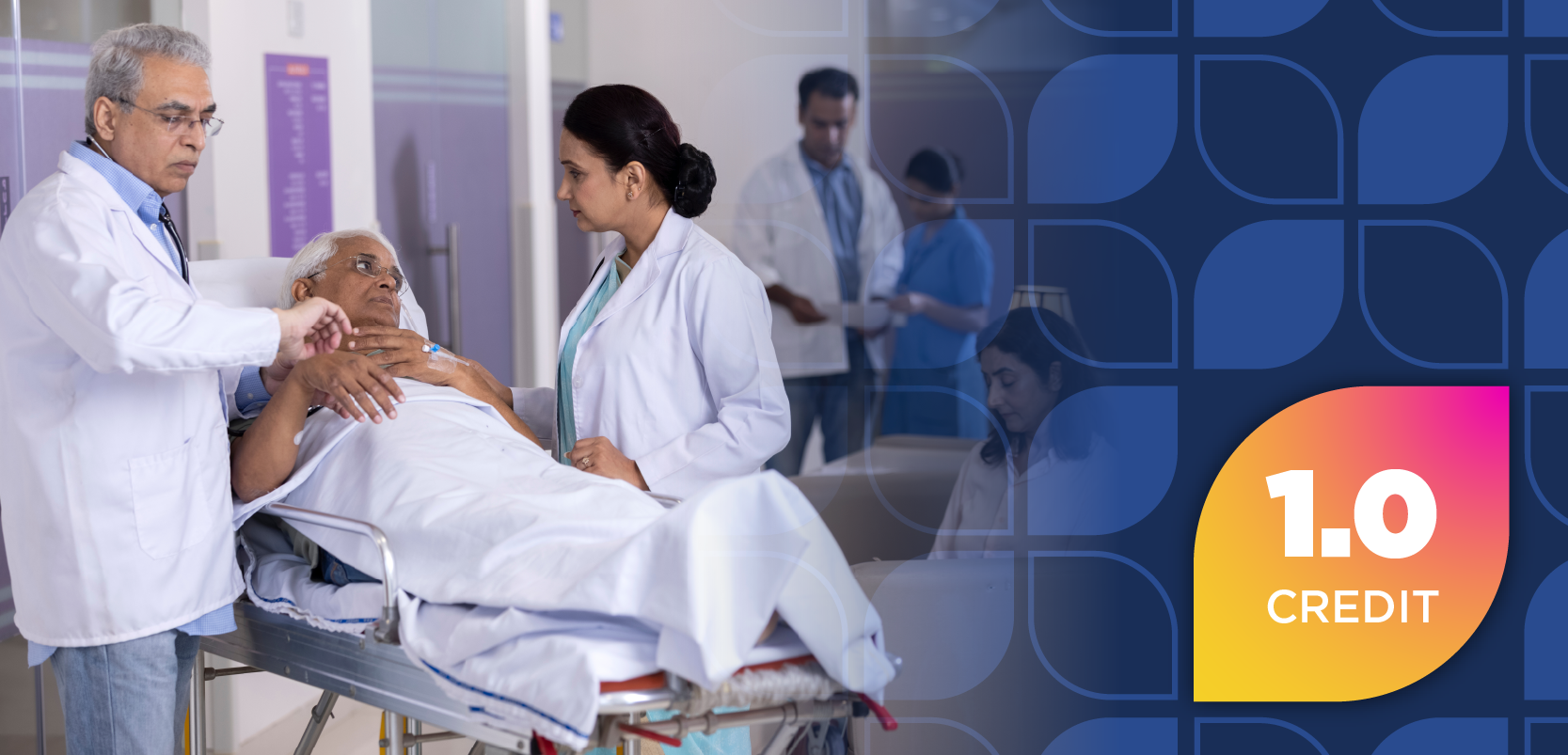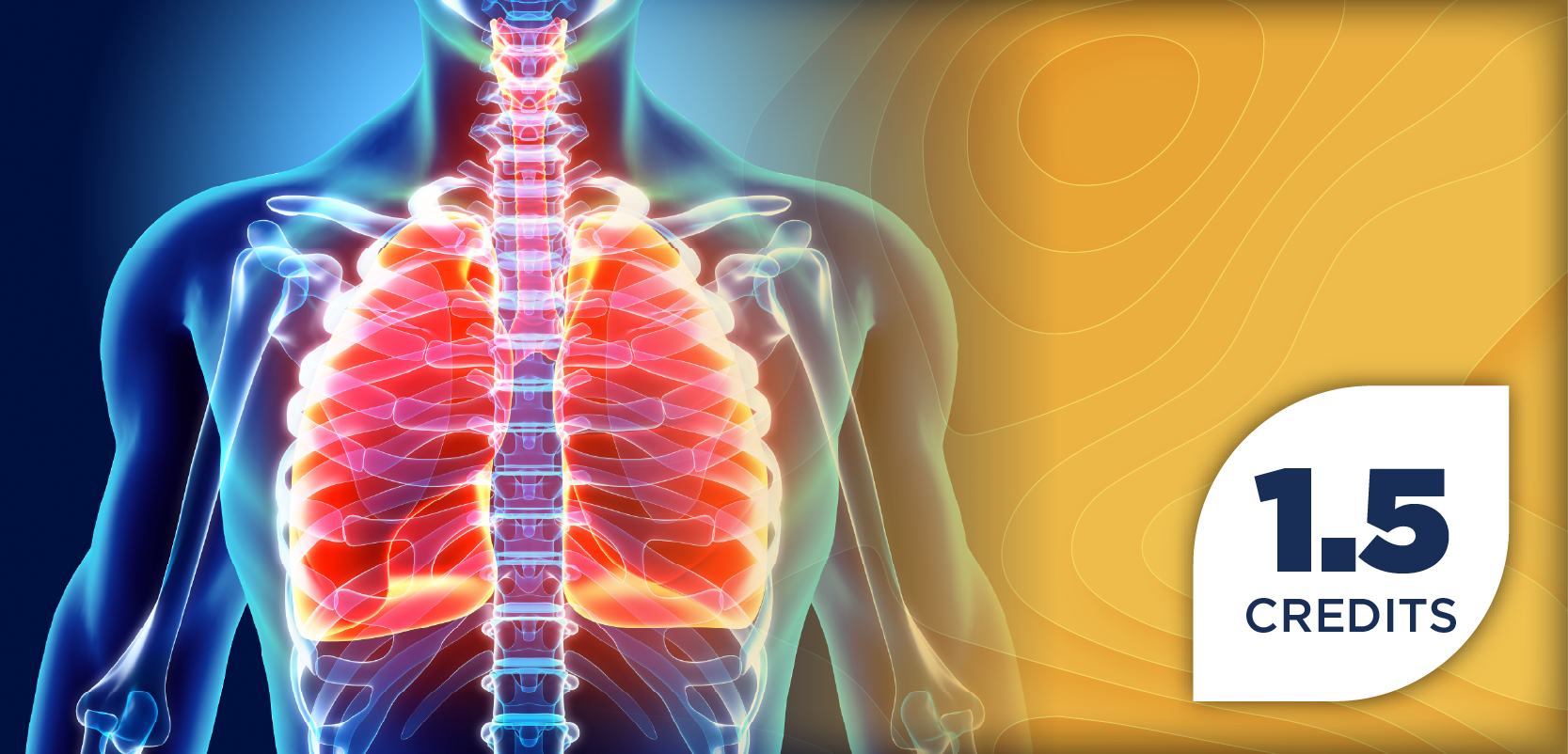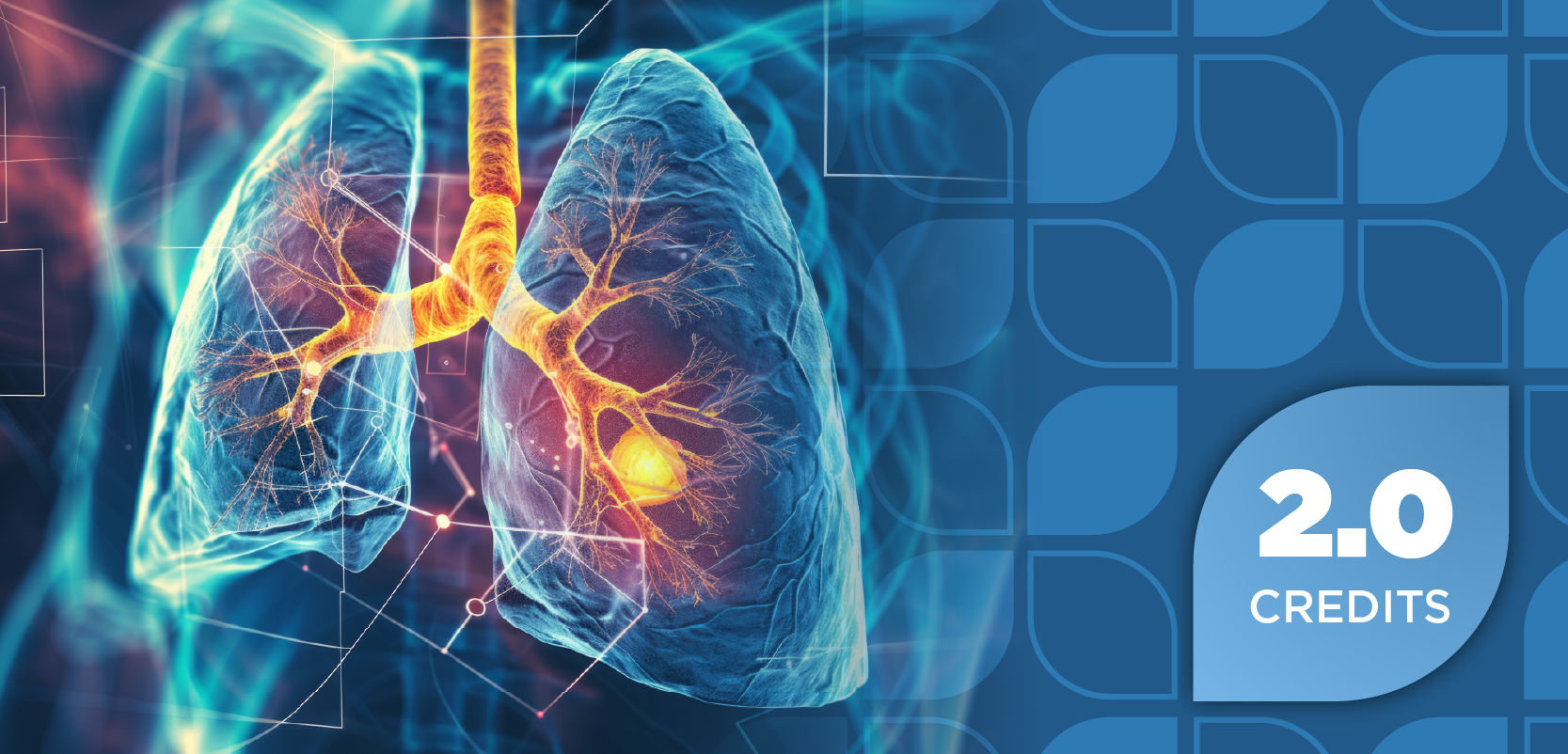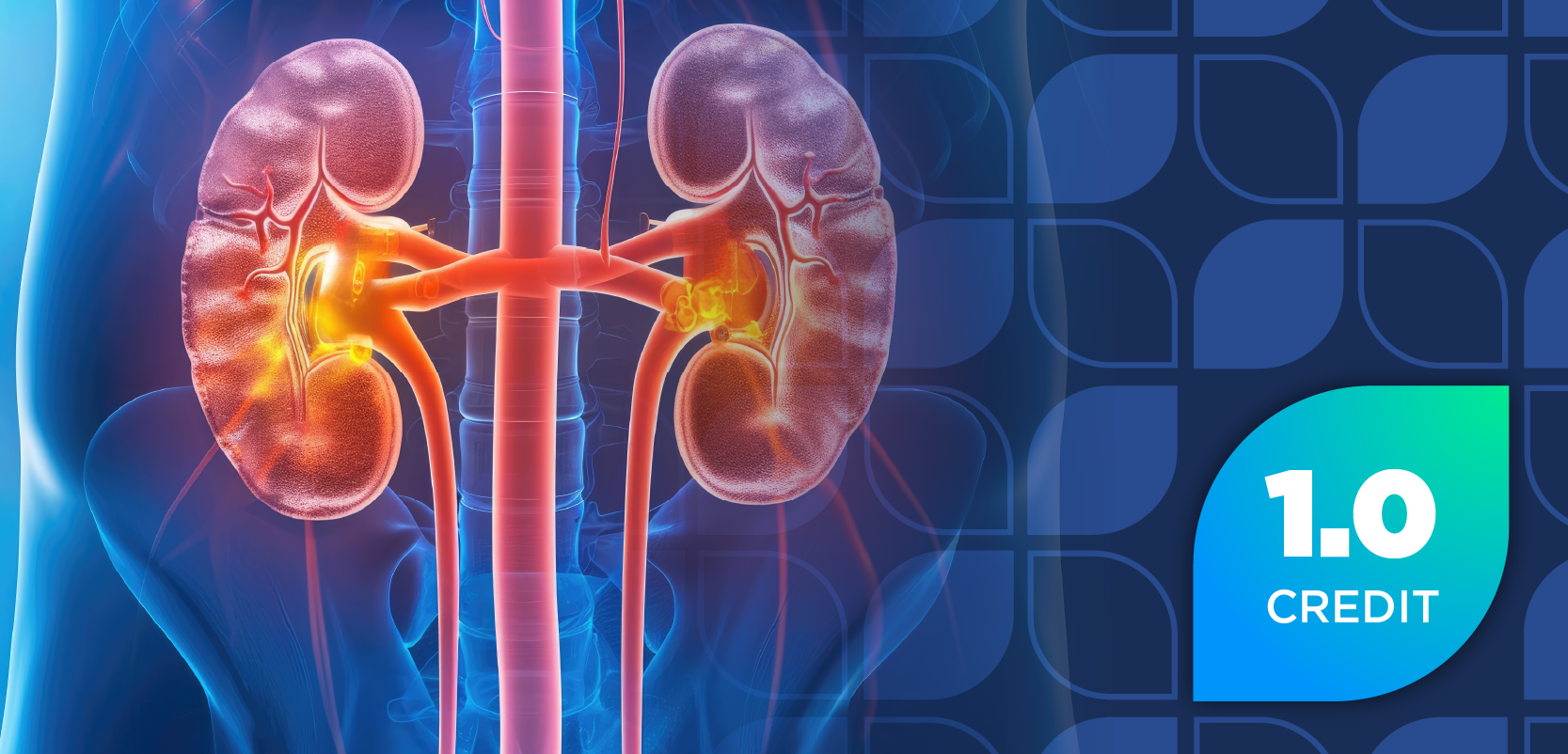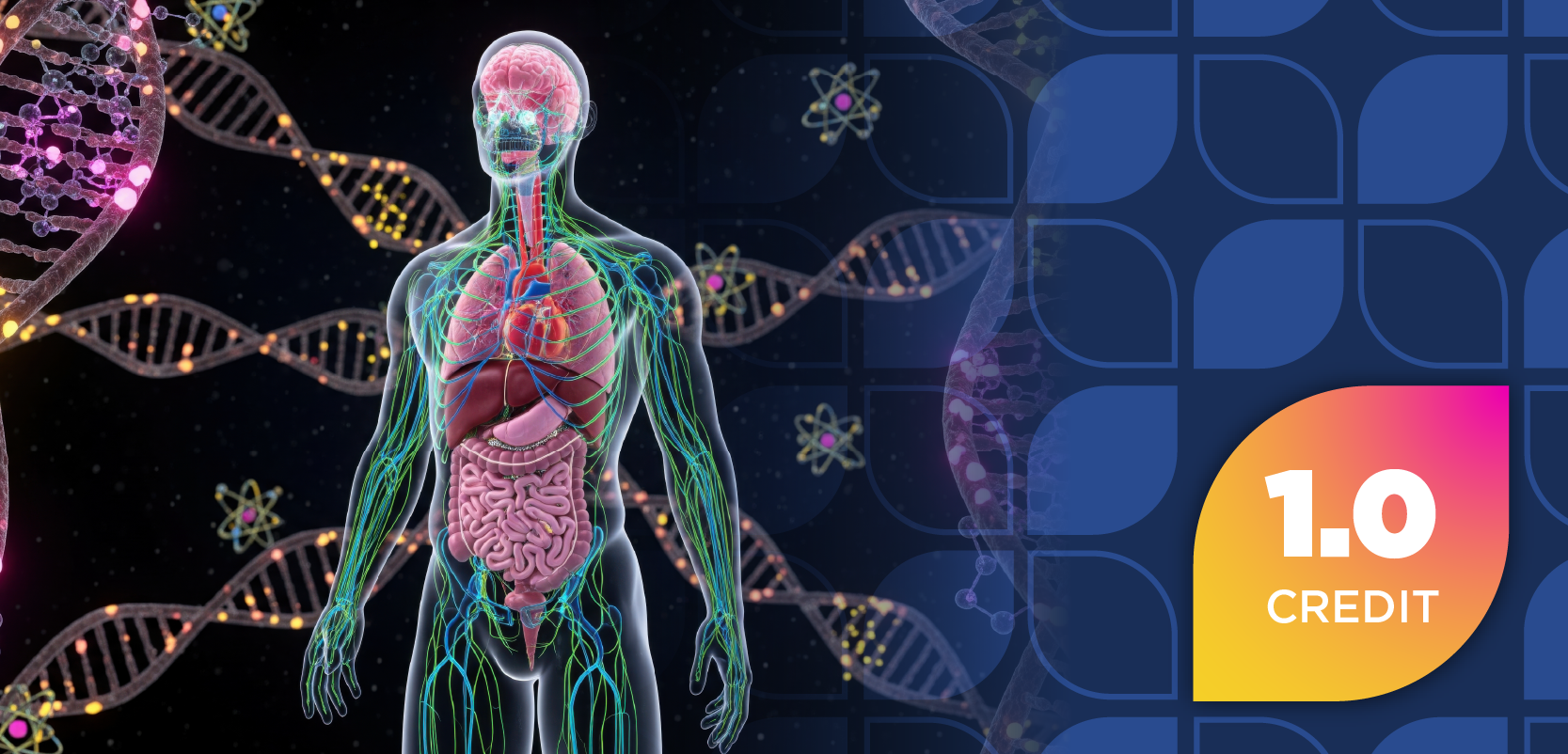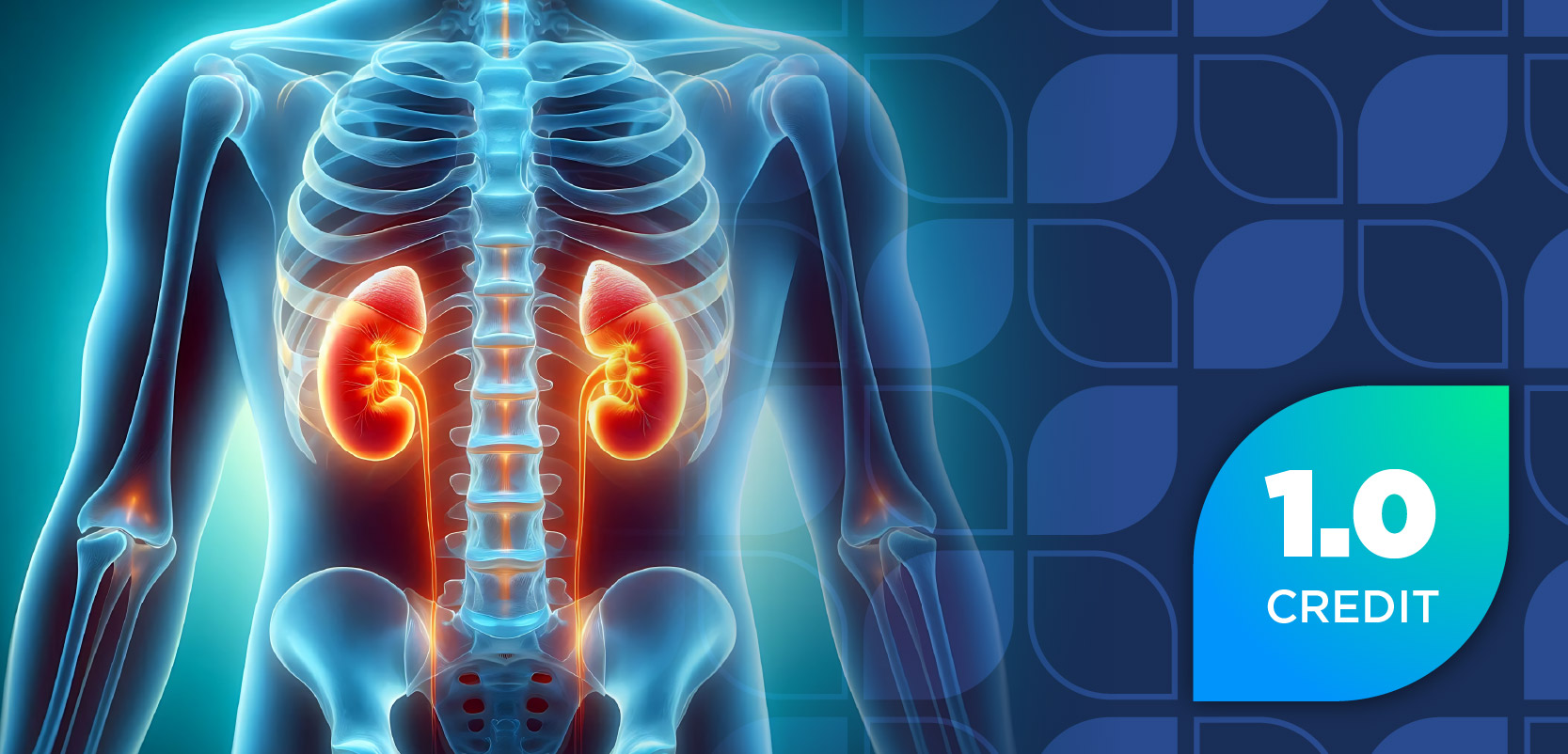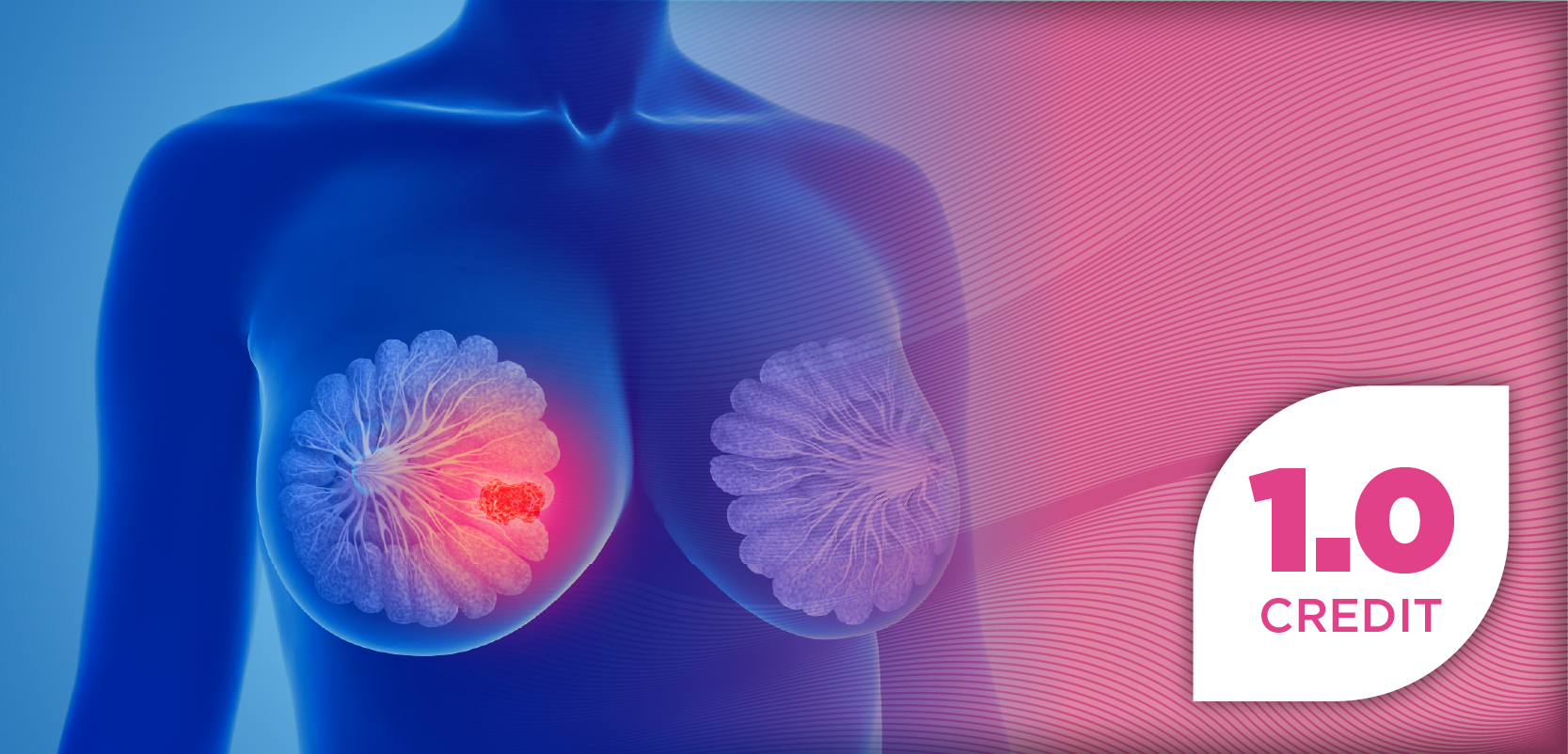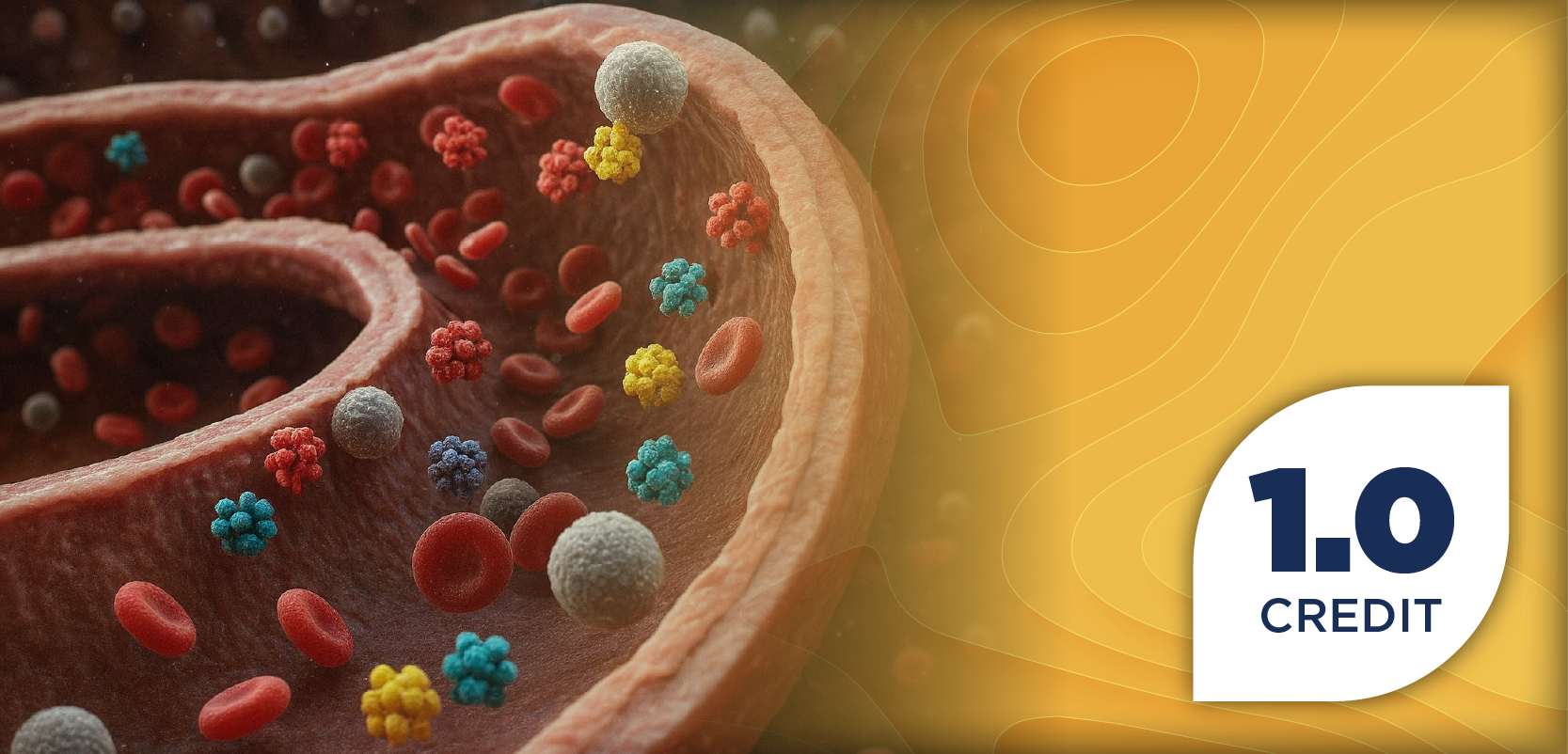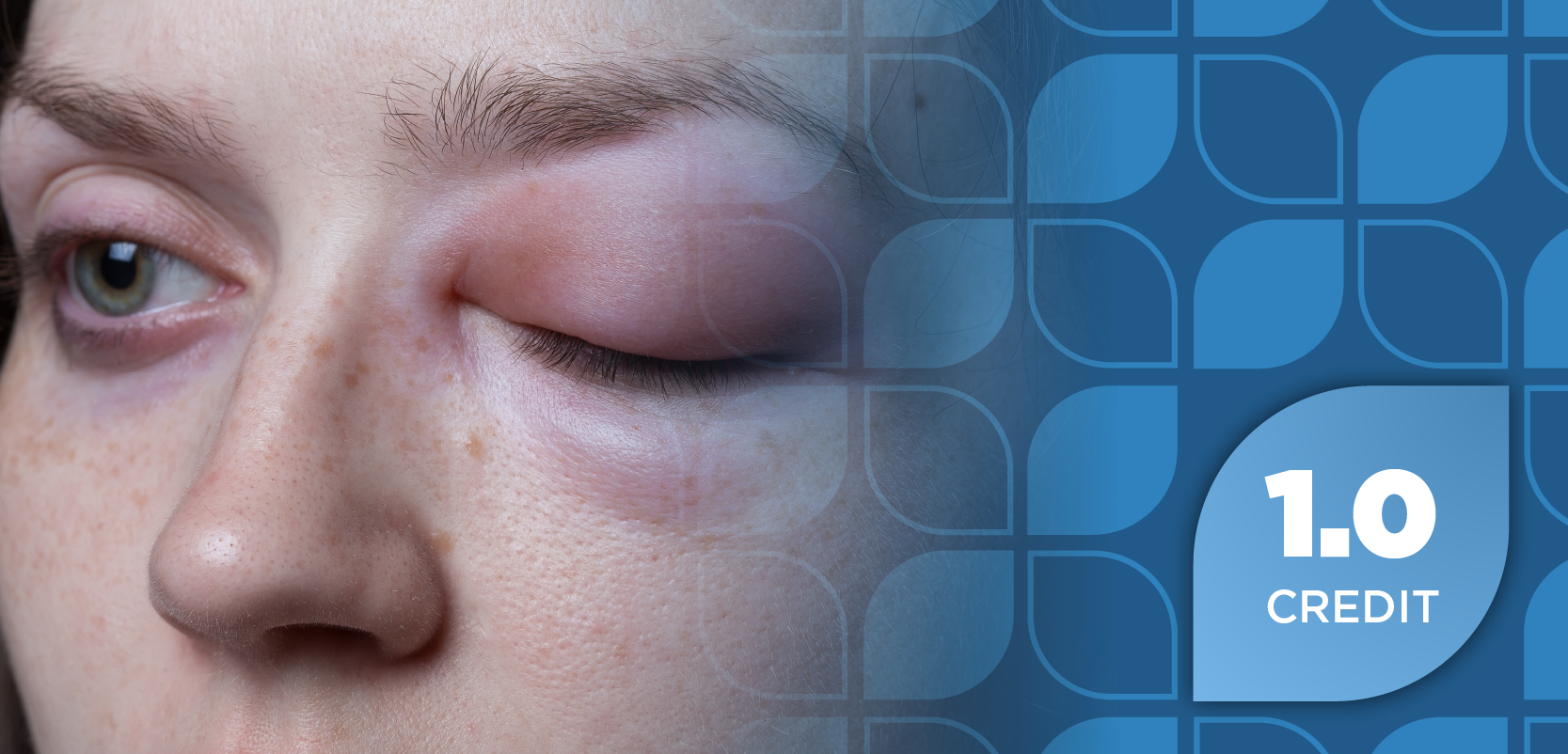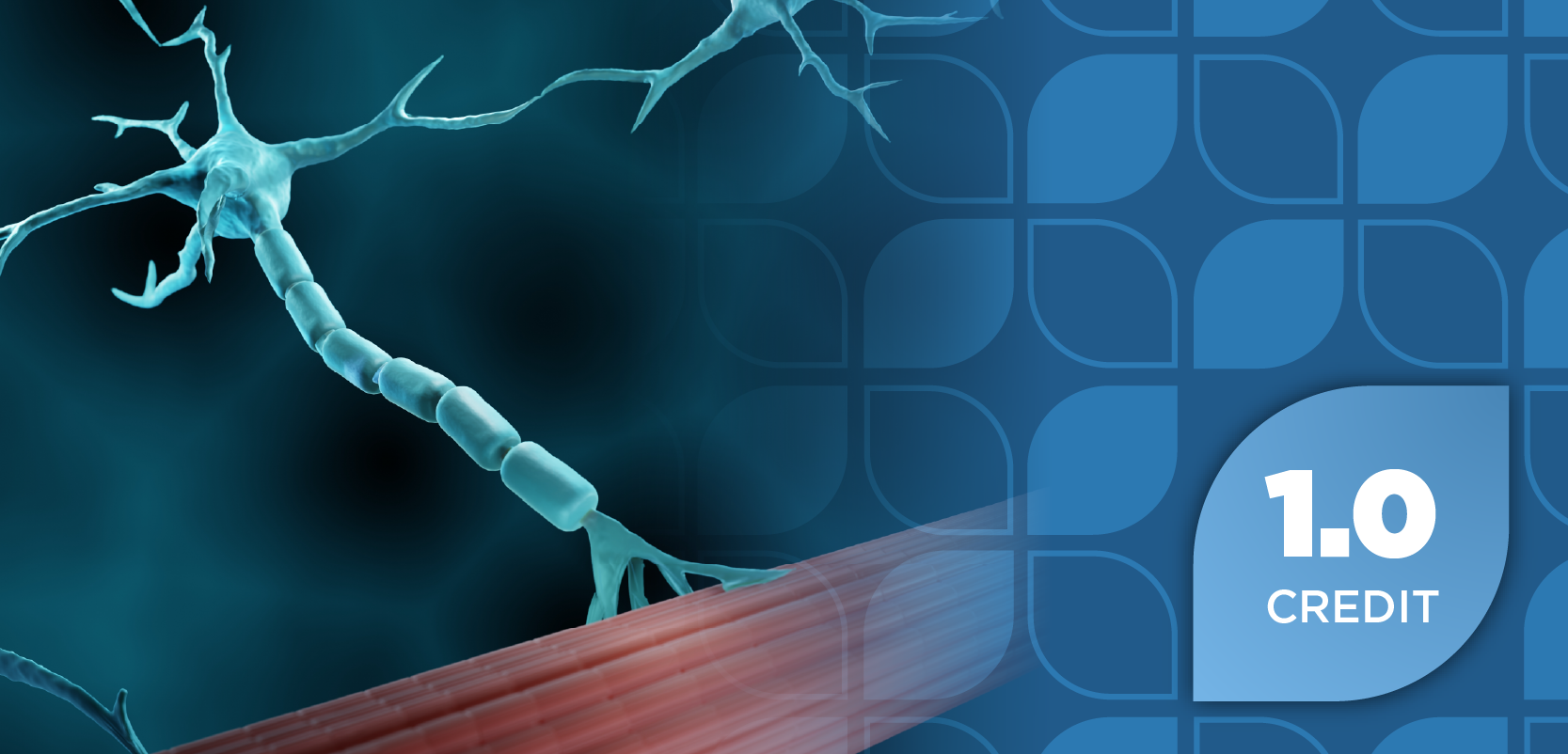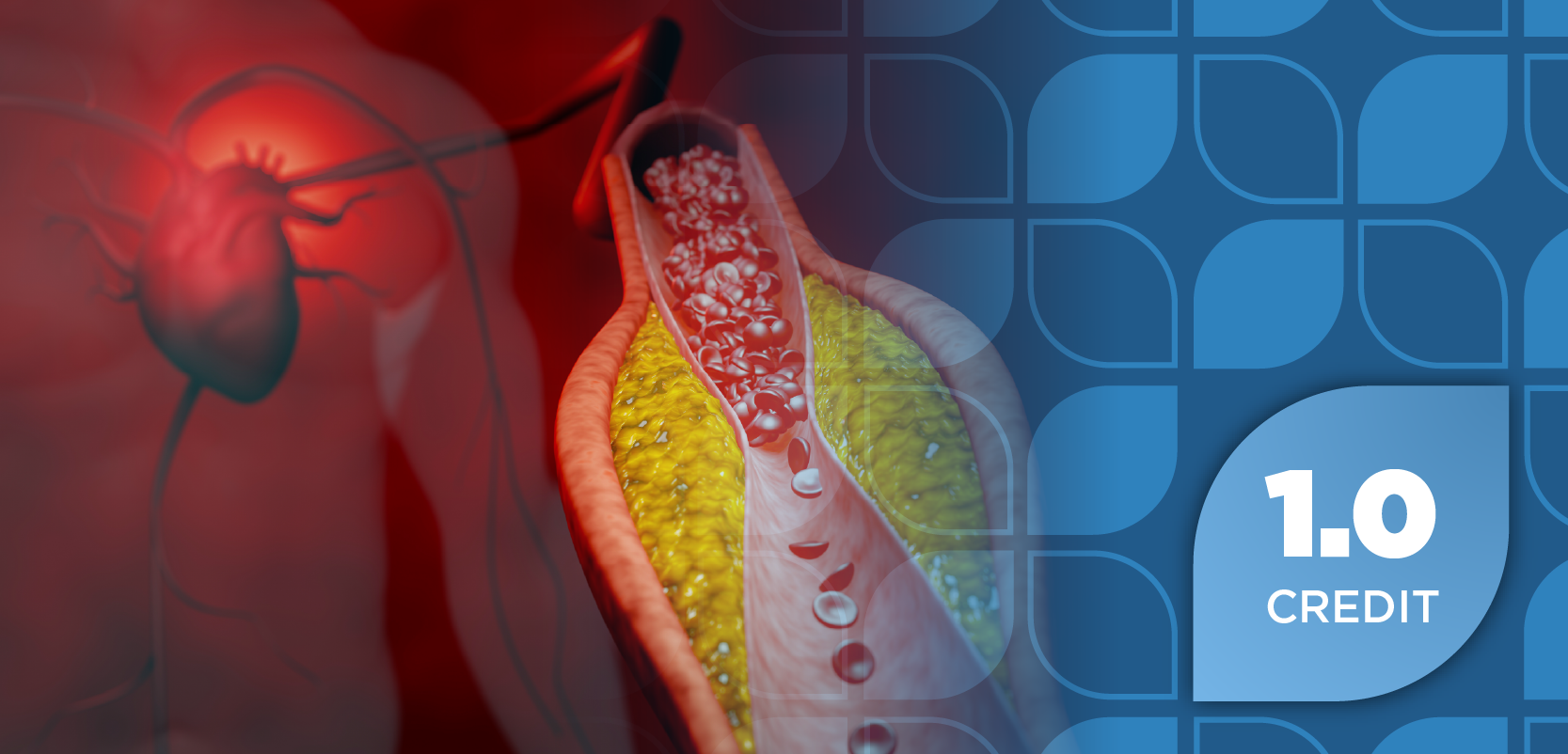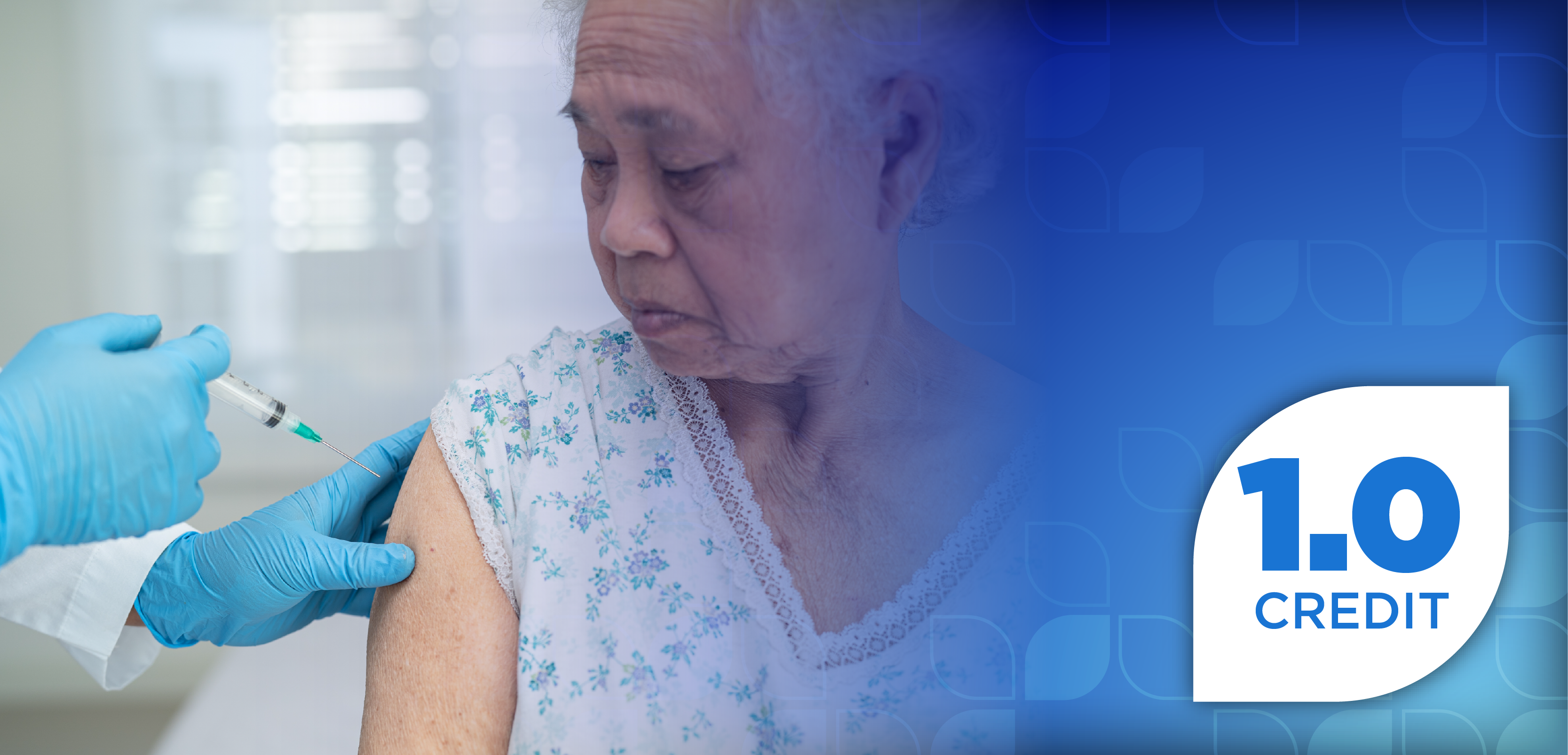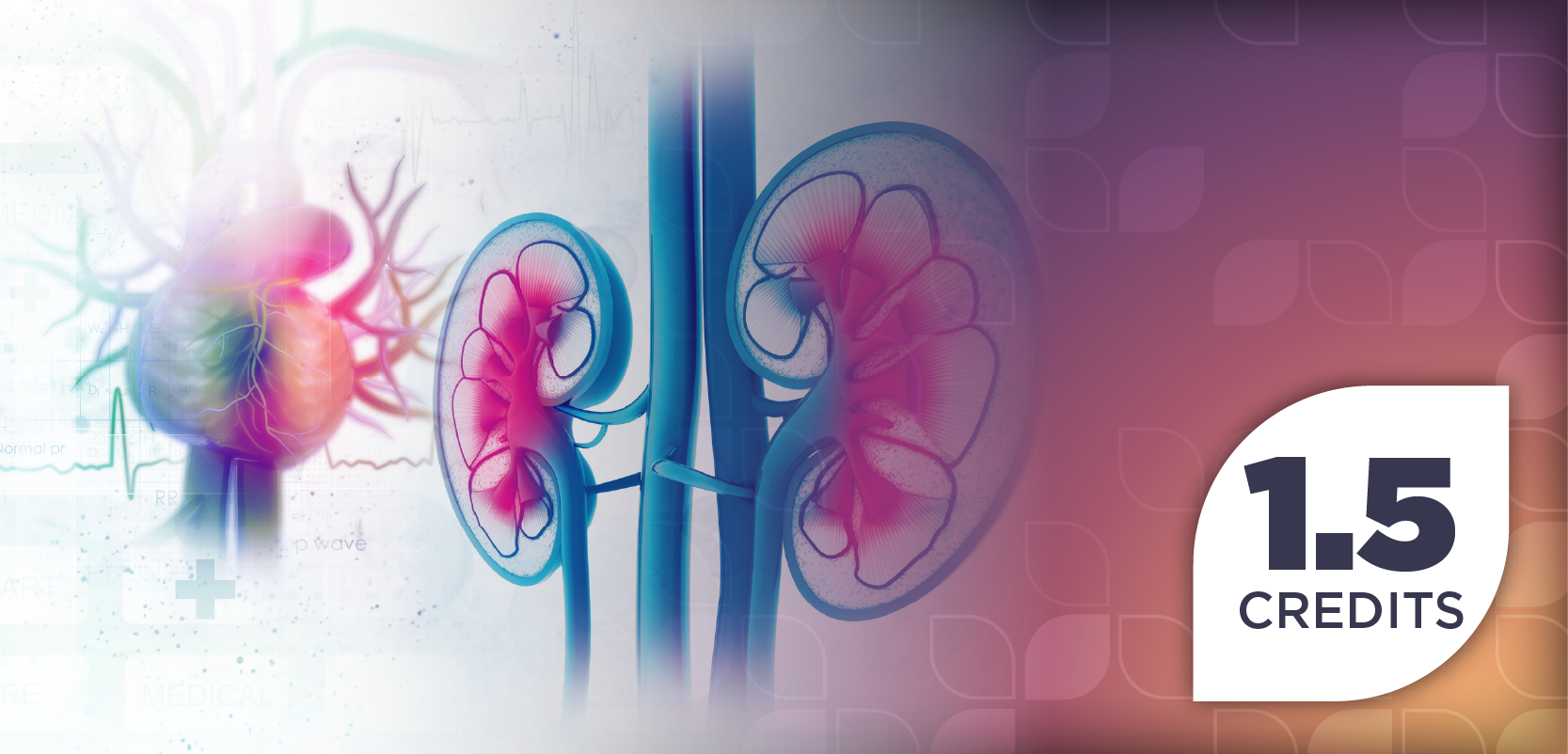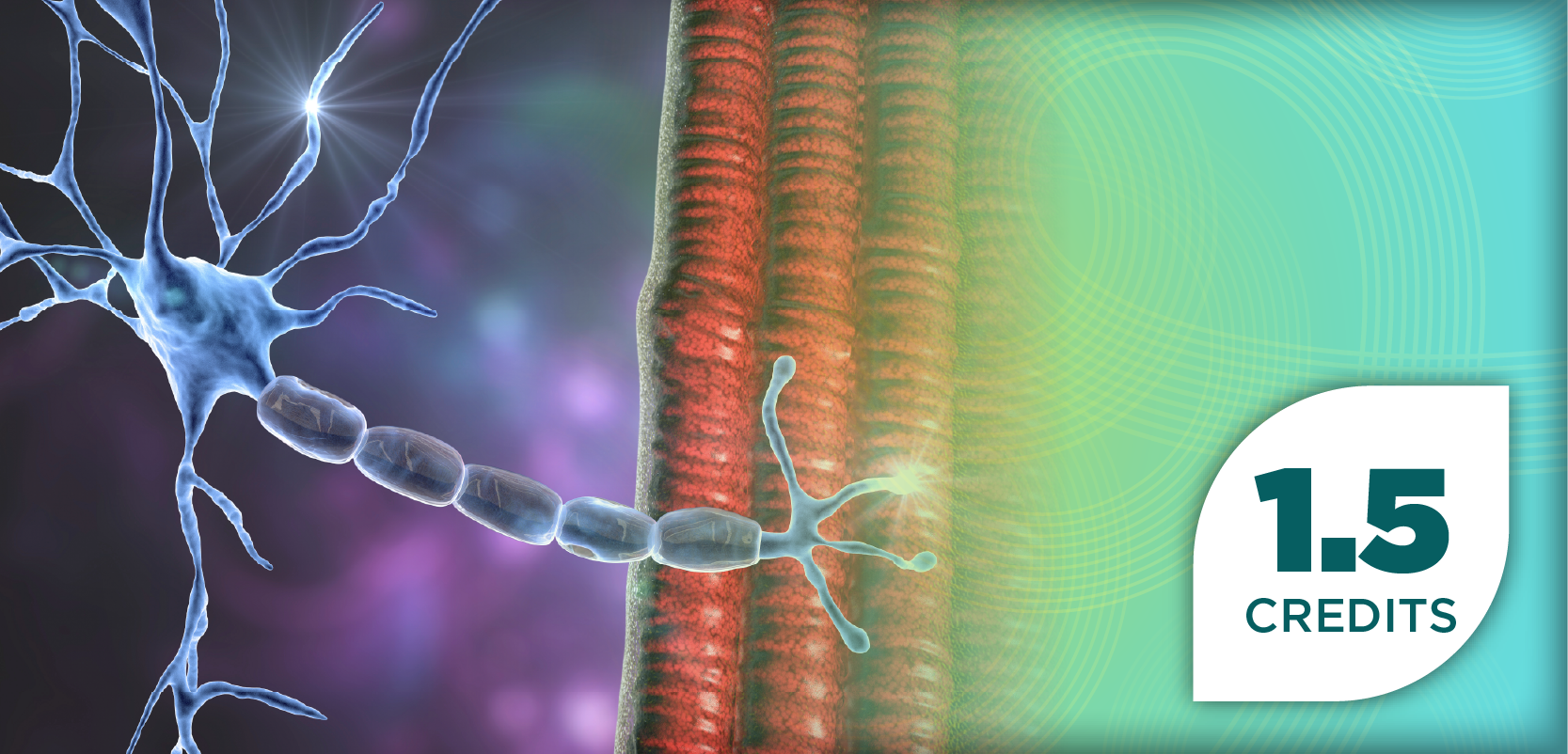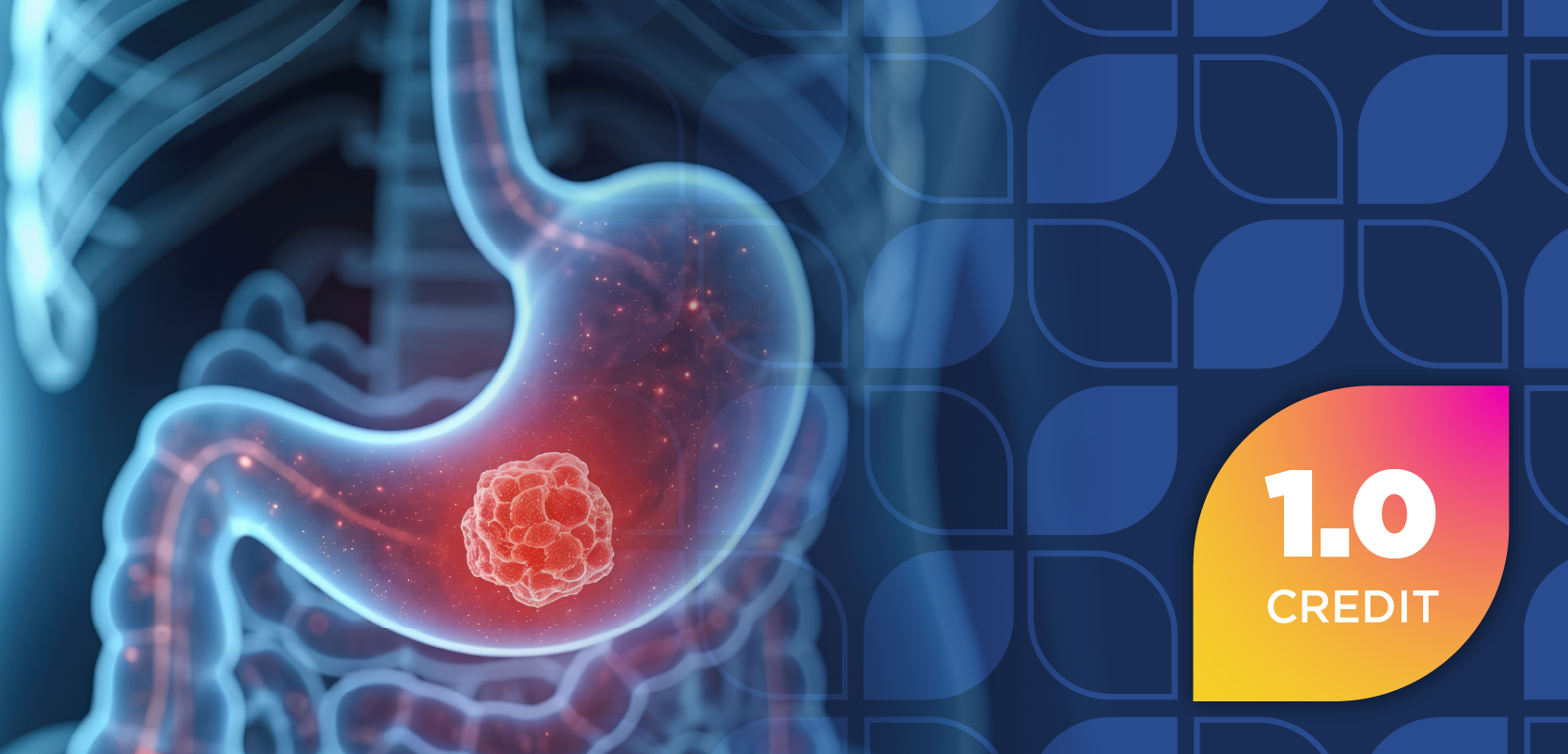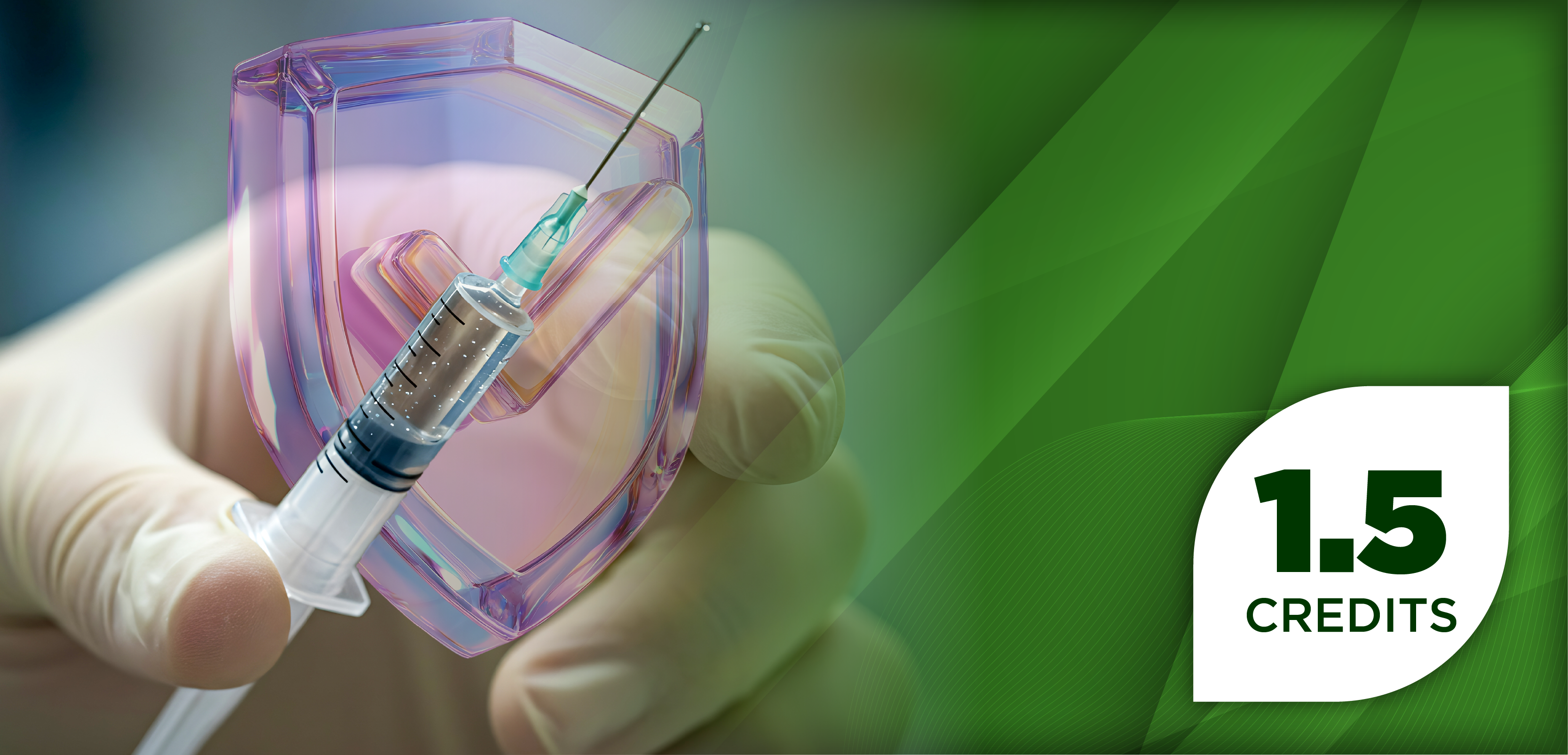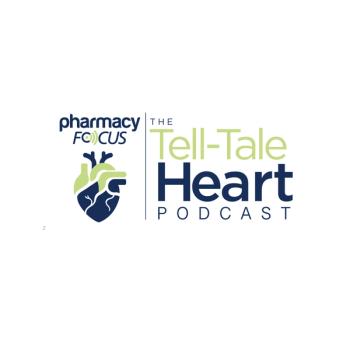
SARS-CoV-2 Infection Associated With Increased Plaque in Coronary Arteries, Higher Risk of Cardiac Events
Key Takeaways
- SARS-CoV-2 infection accelerates coronary plaque buildup, increasing cardiovascular event risk, including myocardial infarction and stroke, for up to a year post-infection.
- A study using CCTA analyzed 803 patients, showing faster coronary lesion progression in those with prior SARS-CoV-2 infection.
Emerging data indicate that COVID-19 is also characterized by inflammation present in the heart and other organs
Infection with SARS-CoV-2, the virus that causes COVID-19, is associated with a rapid buildup of plaque in coronary arteries and a corresponding increased risk of cardiovascular events, according to new results published by investigators in Radiology, a journal of the Radiological Society of North America (RSNA).1,2
In the early stages of the COVID-19 pandemic, research centered around COVID-19 being characterized by acute lung injury and respiratory failure. Now, nearly 5 years since the pandemic began, emerging data indicate that COVID-19 is also characterized by inflammation present in the heart and other organs, which could lead to thrombosis or multiorgan failure. Chronic inflammation in patients following COVID-19 infection can increase cardiovascular mortality and is a risk factor for atherosclerotic development and progression, the investigators of the study wrote.1,3,4
“Inflammation following COVID-19 can lead to ongoing plaque growth, particularly in high-risk, noncalcified plaques,” Junbo Ge, MD, senior author of the study, said in a news release. “Patients with SARS-CoV-2 infection are at increased risk for myocardial infarction, acute coronary syndrome, and stroke for up to a year.”2
Methods to evaluate coronary inflammation, such as coronary CT angiography (CCTA), are available, but it remains unknown whether infection with SARS-CoV-2 would have an impact on coronary inflammation, plaque buildup, and clinical outcomes. Using CCTA, the investigators sought to assess the impact of SARS-CoV-2 on cardiac outcomes by analyzing changes in peri-coronary adipose tissue (PCAT) while elucidating the burden and type of plaque that impacts survivors of COVID-19.1,2
A total of 803 patients who underwent CCTA between September 2018 and October 2023 were included in the retrospective study, with 329 patients enrolled prior to the COVID-19 pandemic and 474 patients imaged during the pandemic. Investigators analyzed 2588 coronary artery lesions among the trial participants, including 2108 lesions among patients with SARS-CoV-2 and 480 among uninfected patients.1,2
To garner their data, the researchers compared baseline and follow-up measurements of plaque volume changes, inflammation, and indications of high-risk plaque. Furthermore, the relationship between SARS-CoV-2 and cardiovascular events like heart attacks or revascularization procedures was examined to see if there was an association. First, the investigators examined the impact of SARS-CoV-2 infection on coronary atherosclerosis progression.1,2
At baseline, 8.1% of lesions had a diameter stenosis of 50% or larger. Results indicate that SARS-CoV-2 infection was associated with an increase in the percentage of diameter stenosis, leading to a higher proportion of lesions with stenosis of 50% or more at follow-up among patients with SARS-CoV-2 infection than those without. Regarding plaque concentration, percent atheroma volume (PAV) at the first CCTA examination was similar among patients with and without SARS-CoV-2 infection. Upon the second examination, though, it was revealed that annual progression of coronary lesion PAV was faster in patients with prior SARS-CoV-2 infection than those without (0.90% per year ± 0.91 vs 0.62% per year ± 0.68, respectively; P < .001). An interesting observation was that COVID-19 vaccination had no effect on the progression of atherosclerosis among those with SARS-CoV-2, but it did have a protective value among uninfected patients.1,2
The impact of infection on cardiovascular outcomes was described. Two major factors of cardiovascular burden—target lesion failures and target lesion revascularizations—were observed in 150 lesions in patients with SARS-CoV-2 infection and in 13 lesions in patients who were not infected. Compared with those without SARS-CoV-2 infection, the lesions of infected patients showed an increased percentage of target lesion failure. Lastly, in a major indicator of increased cardiovascular risk, patients with SARS-CoV-2 had a greater percentage of major adverse cardiovascular events compared with those who were not infected (20.1% vs 3.8%; HR, 4.82; 95% CI: 1.77-13.11; P = .002).1
“Effective management strategies for these patients are imperative,” Ge continued. “It’s crucial to anticipate a heavier cardiovascular patient burden in the future as most infected individuals recover from acute SARS-CoV-2 infection.”2
REFERENCES
1. Dai N, Tang X, Hu Y, et al. SARS-CoV-2 infection association with atherosclerotic plaque progression at coronary CT angiography and adverse cardiovascular events. Radiology. 2025;314(2). doi:10.1148/radiol.240876
2. RSNA. Virus that causes COVID-19 increases risk of cardiac events. EurekAlert! News Release. Released February 4, 2025. Accessed February 11, 2025. https://www.eurekalert.org/news-releases/1071914
3. Gallagher A. COVID-19 infection could be detected in lungs, heart, causing inflammatory damage. Pharmacy Times. Published June 2, 2023. Accessed February 11, 2025. https://www.pharmacytimes.com/view/covid-19-infection-could-be-detected-in-lungs-heart-causing-inflammatory-damage
4. Ridker PM, Lüscher TF. Anti-inflammatory therapies for cardiovascular disease. Euro Heart Journ. 2014;35(27):1782-1791. doi:10.1093/eurheartj/ehu203
Newsletter
Stay informed on drug updates, treatment guidelines, and pharmacy practice trends—subscribe to Pharmacy Times for weekly clinical insights.

